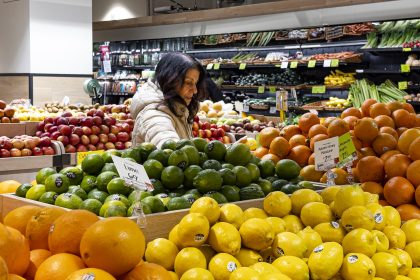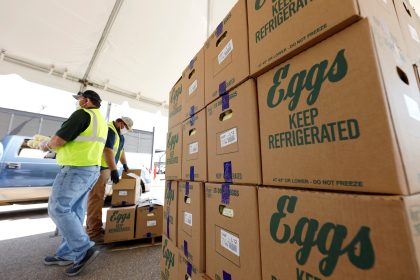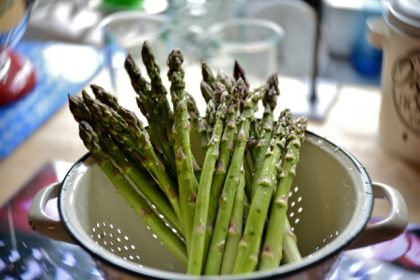‘Precision Nutrition’ Touted for Future National Nutritional Guidelines

WASHINGTON – Among other factors, COVID-19 has emphasized how nutrition research and development affects Americans in terms of disease susceptibility, food system challenges, and nutritional disparities. The pandemic’s health and economic setbacks have highlighted America’s need to invest in better nutrition both to fight food insecurity concerns and reduce the nation’s risk of chronic diseases.
The nation’s study of nutrition dates back some 100 years and continues across various departments at the U.S. Department of Agriculture, Health and Human Services, Centers for Disease Control, and the National Institute of Health (NIH).
NIH’s Dietary Guidelines Advisory Committee quinquennially conducts a nutrition study. The purpose of the study is to review available knowledge about relationships between nutrition and health and provide recommendations for the federal government to consider for its next edition of the Dietary Guidelines for Americans. The NIH’s latest five-year report (2020) has been released for a period of public comment.
Nonprofit think tank Bipartisan Policy Center, in partnership with the Tufts Friedman School of Nutrition Science and Policy, convened co-authors of a recently released white paper policy study to inform national nutrition research such as the NIH report. These leaders, as well as a panel of industry advocates, discussed a new coordinated research effort centered around nutrition.
“It’s incredible how sick [Americans] have become… being healthy is now the exception in this country,” said Dariush Mozaffarian, M.D., dean at the Friedman School at Tufts, recognizing national nutritional challenges like chronic disease, food insecurity, health disparities, public nutritional confusion, and rising health care costs, as well as other factors. “COVID has laid bare and made very stark these challenges.”
Calling for greater coordination on federal nutrition research, Mozaffarian argued that to combat these challenges, it will not be enough to simply make national guidelines and recommendations, but that the U.S. must have the appropriations and structure to achieve its stated measurable goals.
“COVID’s consequences have been greater for those with diet-related diseases,” stated Dr. James Anderson, director of the Division of Program Coordination, Planning, and Strategic Initiatives at NIH. He cited complications from the pandemic as a strong reason why the study of federal food policy must consider the nation’s complex food supply system and how historical guidelines relate to public health.
In the past, dietary recommendations have been largely population-based. But taking into account the increase in diet-related health burdens, the current diverse federal nutrition landscape, opportunities for new nutrition-related discoveries, and best strategies and paths to move forward, the dominant theme of NIH’s newest plan is ‘precision nutrition.’
What Anderson calls a “personalized approach rooted in science” takes into account that each individual is unique, with their own genetic makeup and family nutritional history.
Anderson believes we should be asking ourselves ‘How does what we eat affect us?’, ‘What and when should we eat?’, and ‘How can we use food as medicine?’, the answers to which will not only help the nation to train a nutrition scientific workforce but can also direct Americans to eat the right things to ensure healthier and more productive lives.
“Food as medicine is the missing tool in our toolbox of healthcare,” agrees Dr. William Li, CEO of the Angiogenesis Foundation, a nonprofit that uses blood vessel-based science for health treatments and disease prevention. “Imagine if patients knew they could not only get prescriptions but also evidence-based suggestions for the food they should eat to control their health.”
Li sees great potential in federal guidelines moving beyond supplementing missing nutrients and now adding “precision nutrition and precision nutrition education tailored to the community” to change the arc of disease. But he and other panelists insisted that changing societal behavior will require more than a study or the release of new nutritional guidelines. “[We must] raise the level of literacy when it comes to food as health,” Li said.
To do this, some strategic options may include potential legislation to strengthen the Supplemental Nutrition Assistance Program (SNAP) so that families in need can purchase healthy food and to provide coverage for medically tailored meals in Medicare. Looking several steps further, some advocates suggest the creation of a new Office of the National Director of Food and Nutrition at a new federal department, the National Institute of Nutrition.
























